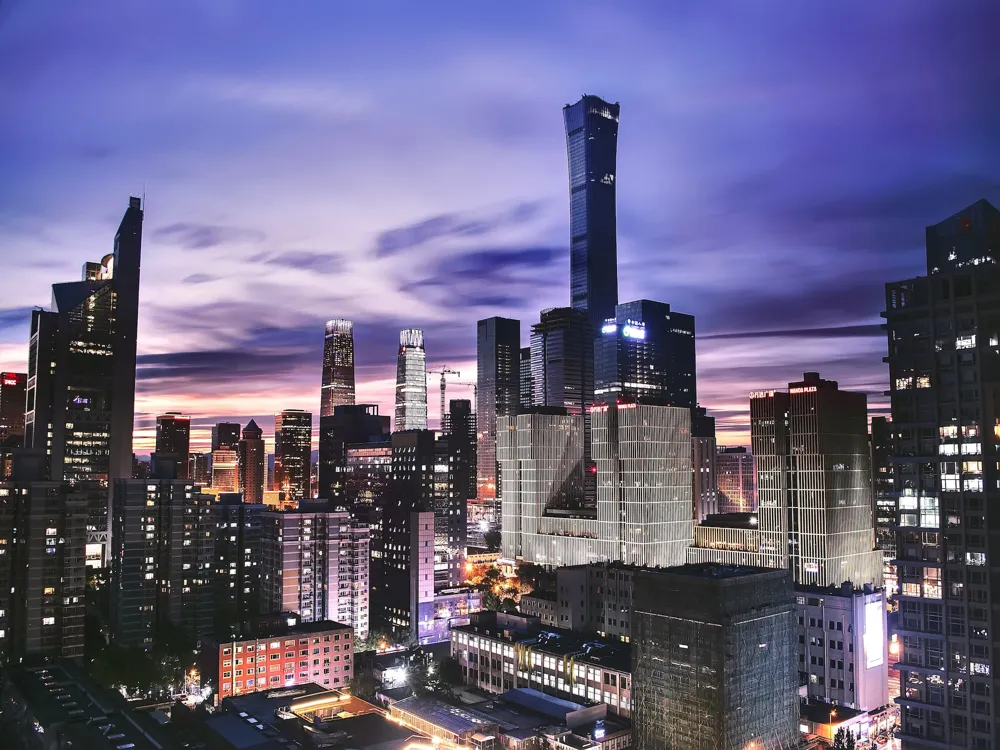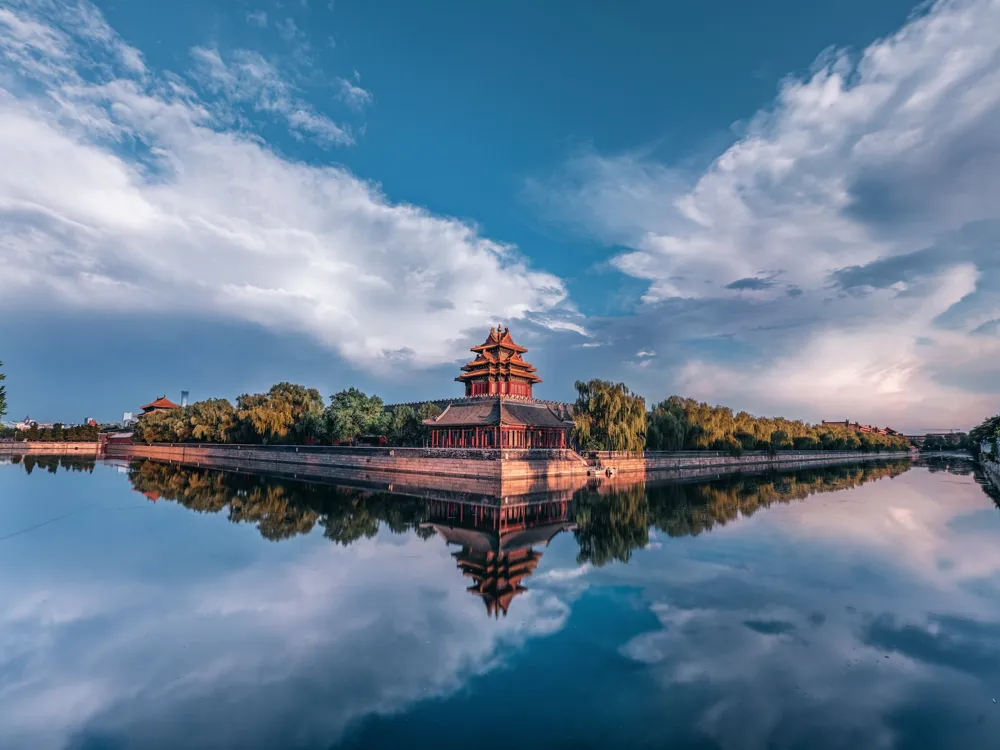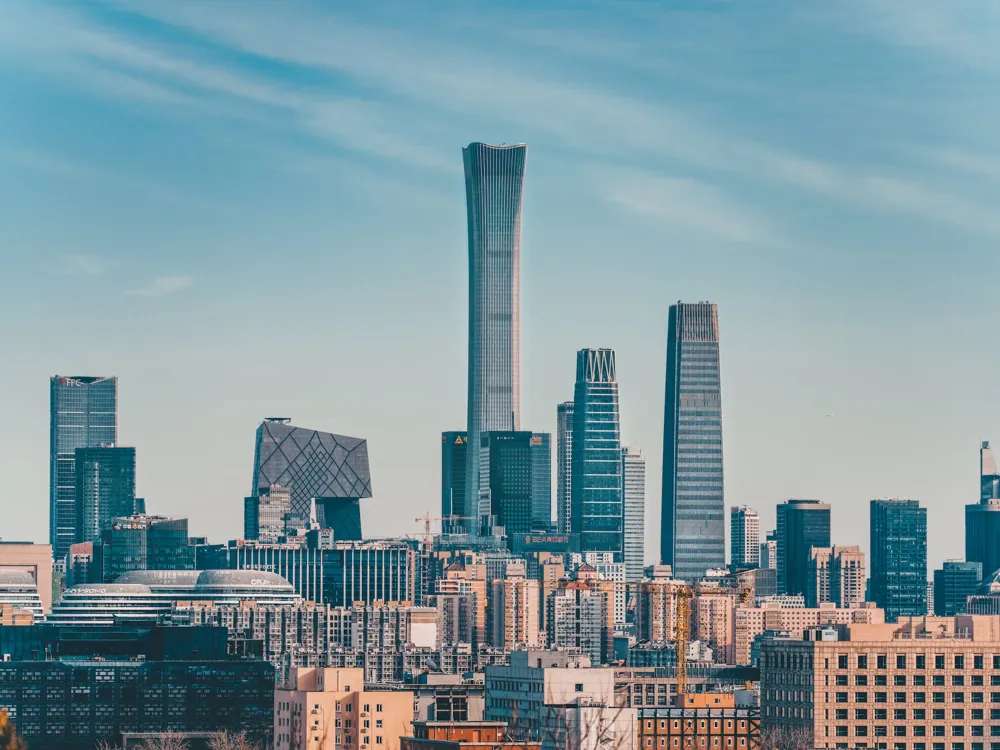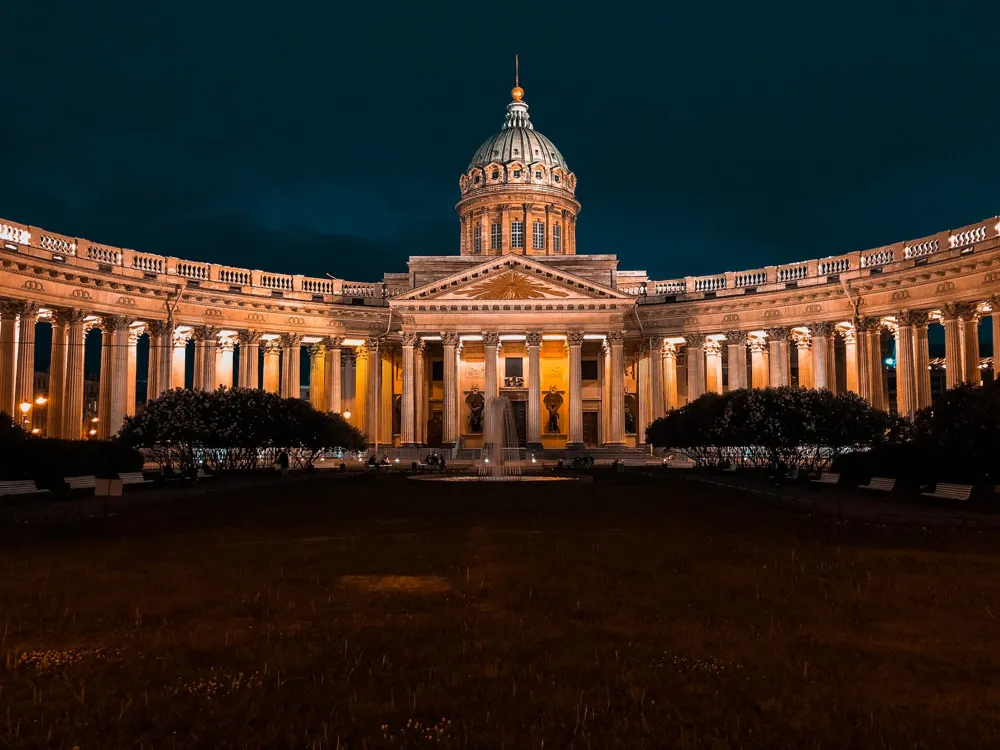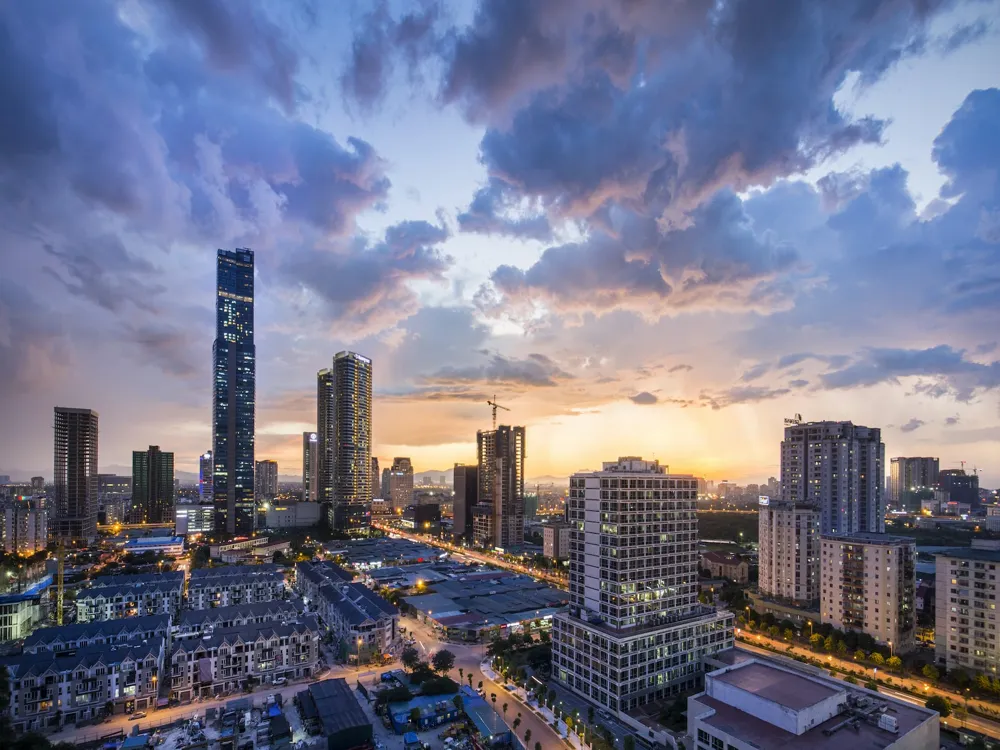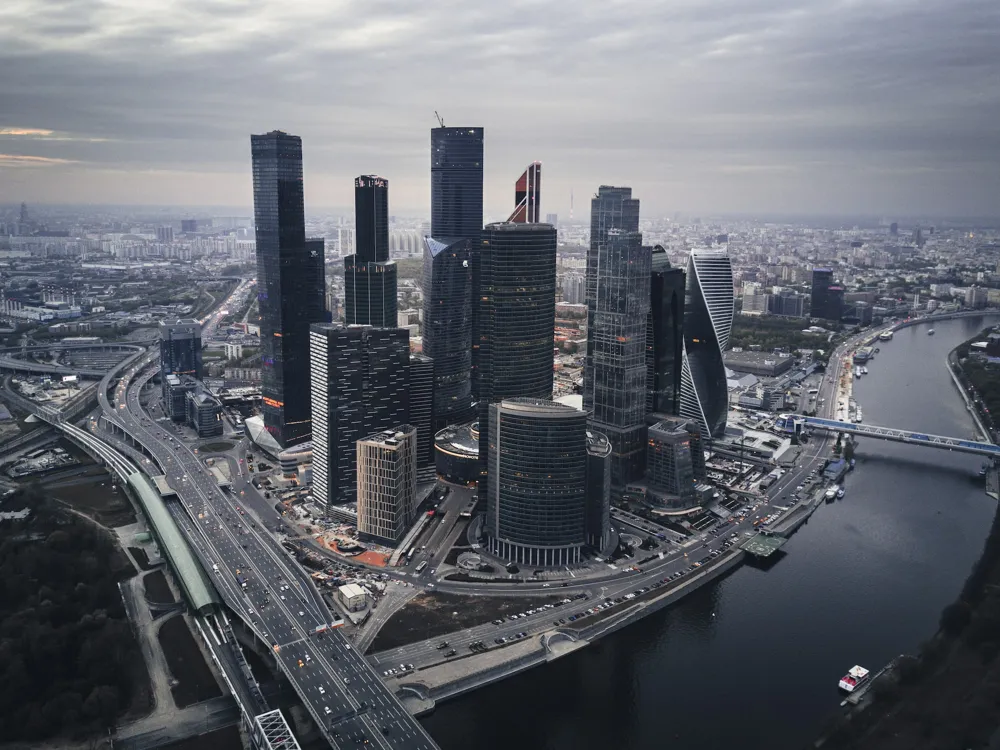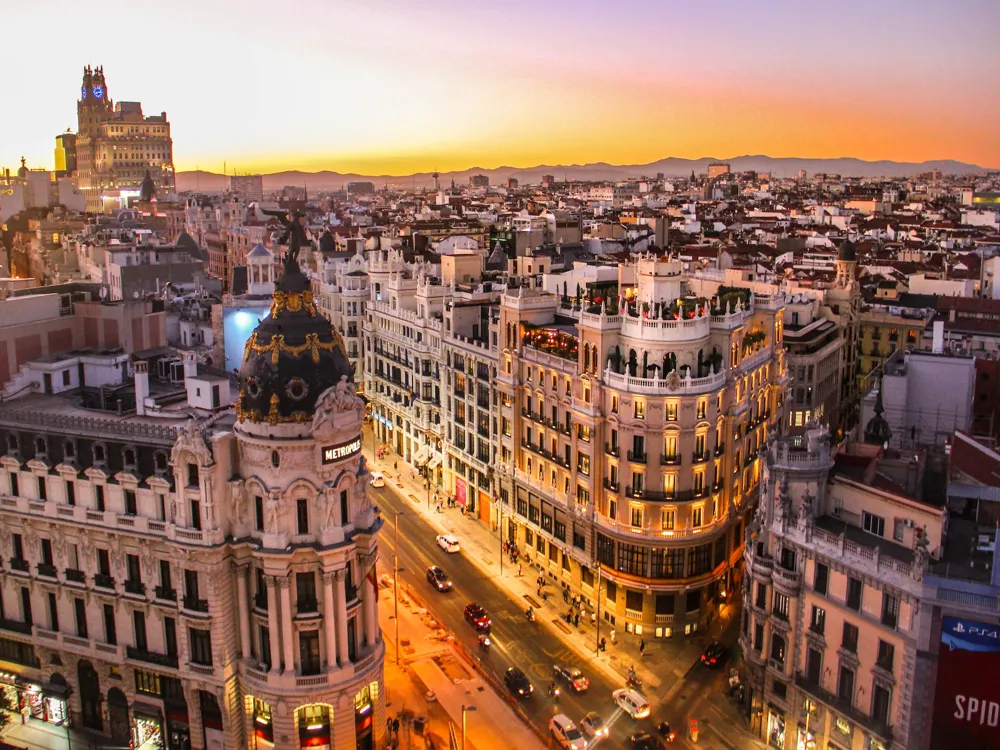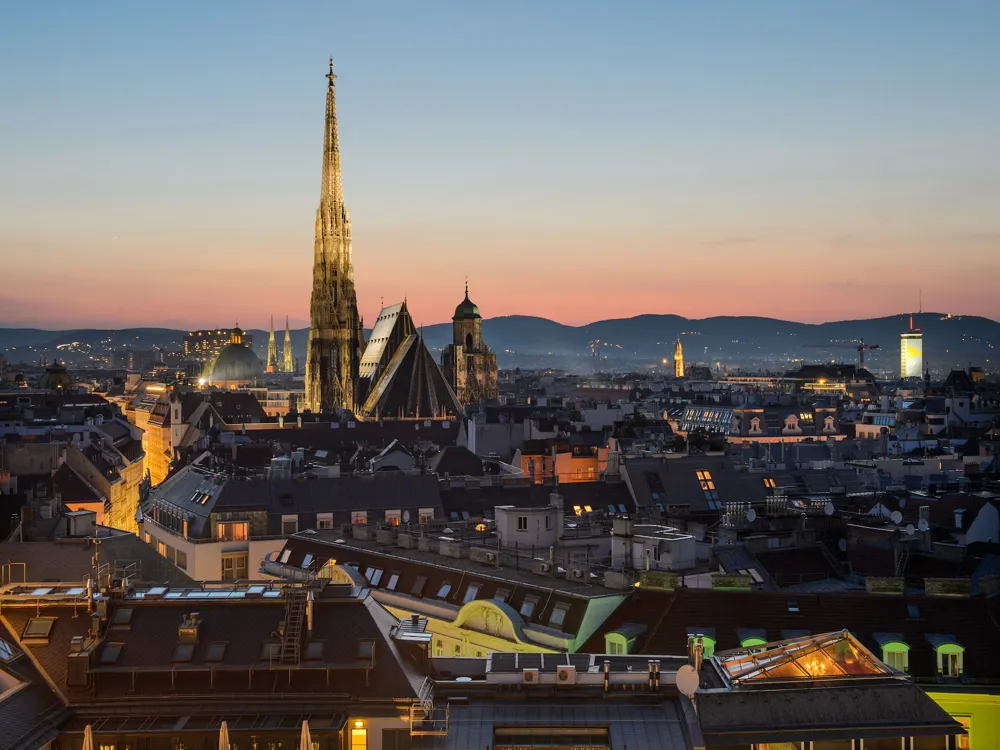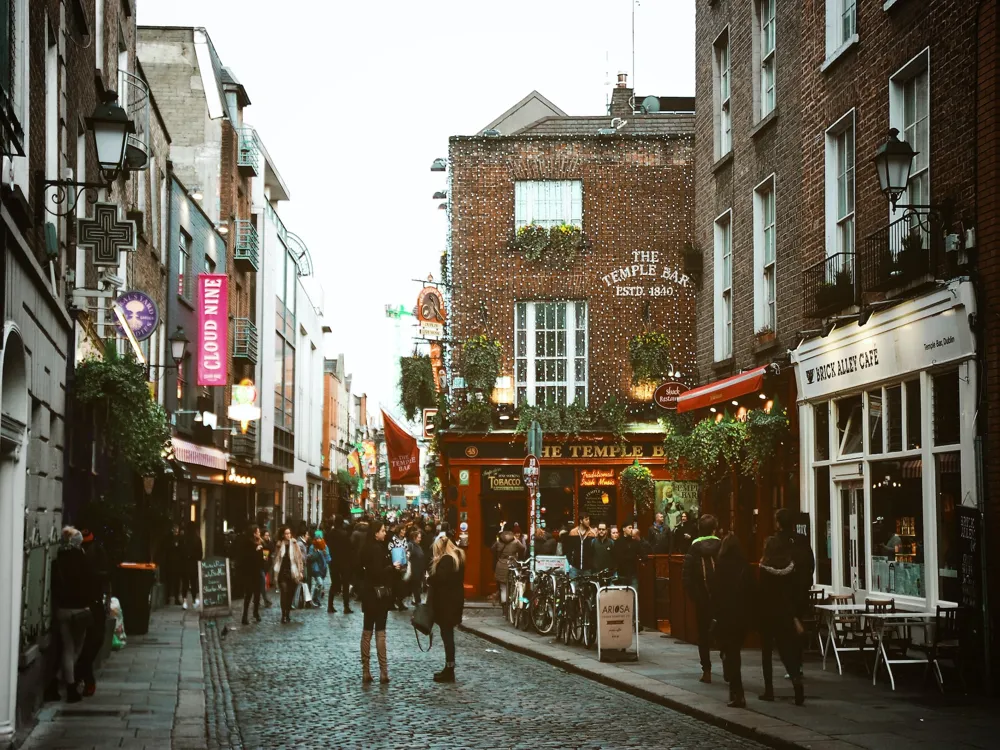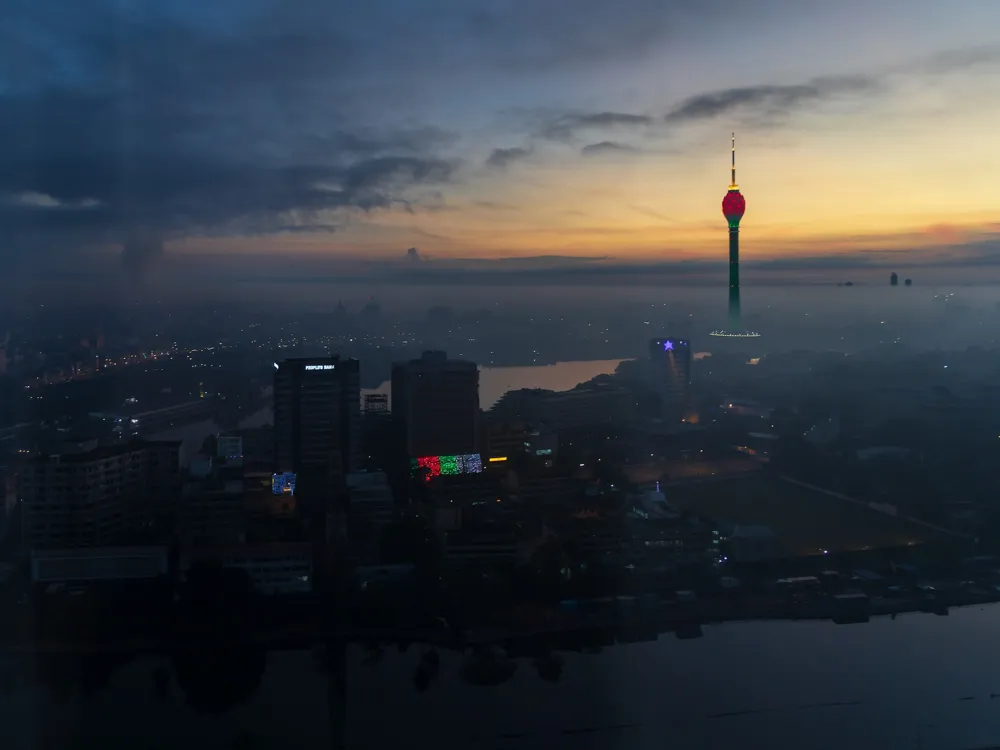Plan Your Travel To Beijing
Places To Visit In Beijing
Summer Palace
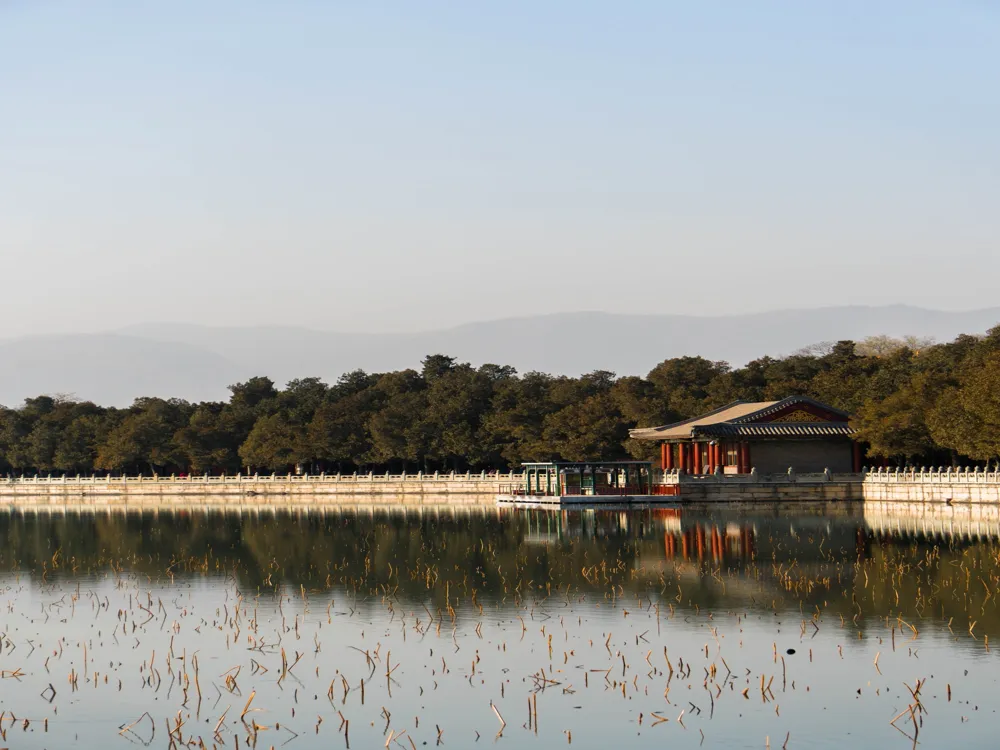
Complete with a collection of lakes, gardens and palaces, Summer Palace is China's largest and best preserved royal park.
The spectacular park was built back in 1750 as an extravagant retreat for the royal families, actually using the construction of a previous lake to create two more. The palace, like most of China and Beijing, was damaged greatly during the wars against the English and the French. Over the years, many people from the Qing dynasty and government officials of the 20th century have stayed in the Summer Palace. The Longevity Hill is the centre of the palace, and many buildings are placed along the height of it. The Front Hill area has the most magnificent places and attractions, such as the Long Corridor, a 730 metre long corridor decorated wonderfully, Hall of Jade Billows, Eastern Palace Gate which is the main entrance to the Summer Palace. The Back Hill area had a shopping street, the 'Four Great Regions', the Garden of Harmonius Pleasures, the Flower Pavilion and Glass Tower and many others, although most of these were severely damaged in wars against Britain and France and restored only recently. The Court Area was used by the emperor to conduct business of the state even during his times outside the Palace. Other areas of interest in the Summer Palace are the Eastern and the Western Dams.
The Palace was opened to the public for the first time back in 1924, and after several renovations since the 1950s, today serves as one of Beijing's most stunning and top attractions.
Read More
Temple of Heaven
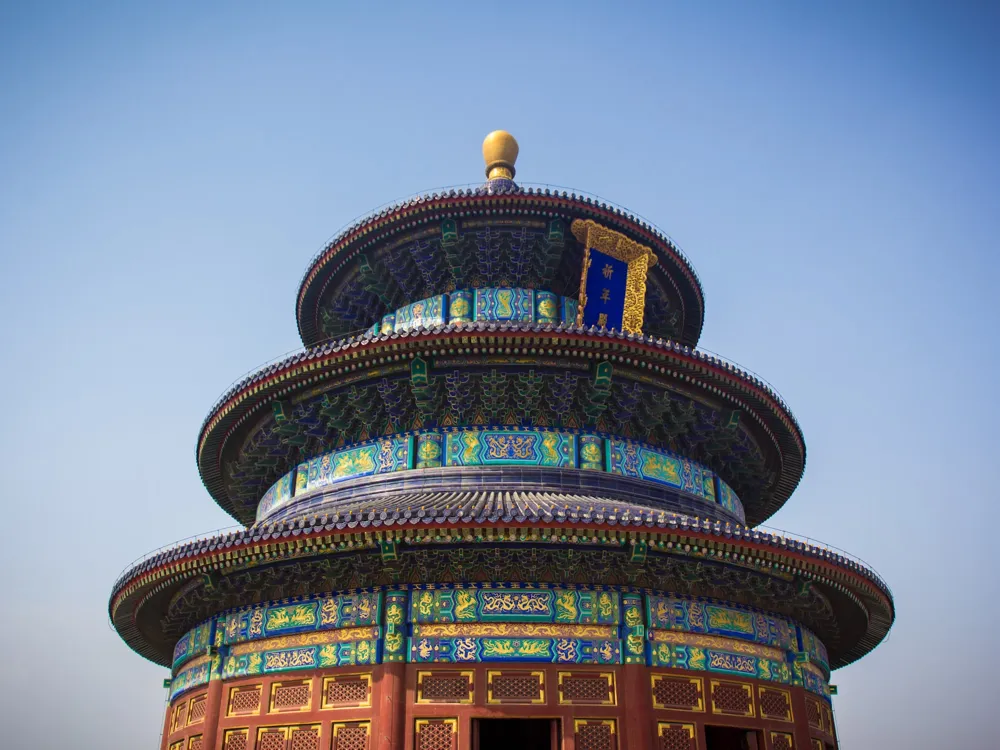
The Temple of Heaven is a collection of religious buildings, which was visited by the emperors of the Ming and Qing dynasties, and today by thousand of visitors daily.
The temple was open to the public in 1988., and the temple complex is enormous, even bigger than the Forbidden City. The Chinese emperors were regarded as sons of heaven and thus, performed duties on behalf of the gods. It is also the reason their own house couldn't be bigger than that of god's. The features of the temple are quite stunning, especially inside the Hall of Prayer for Good Harvests, where the emperors prayed twice every year. The Circular Mound Altar is where sacrifices were performed, and is regarded as the temple's most important part. There are other buildings of importance in the complex, such as the Imperial Vault of Heaven, the Palace of Abstinence, Divine Music Administration and Heaven Worship Culture. The extensive parklands around the temple serve many purposes.
Read More
Tiananmen Square
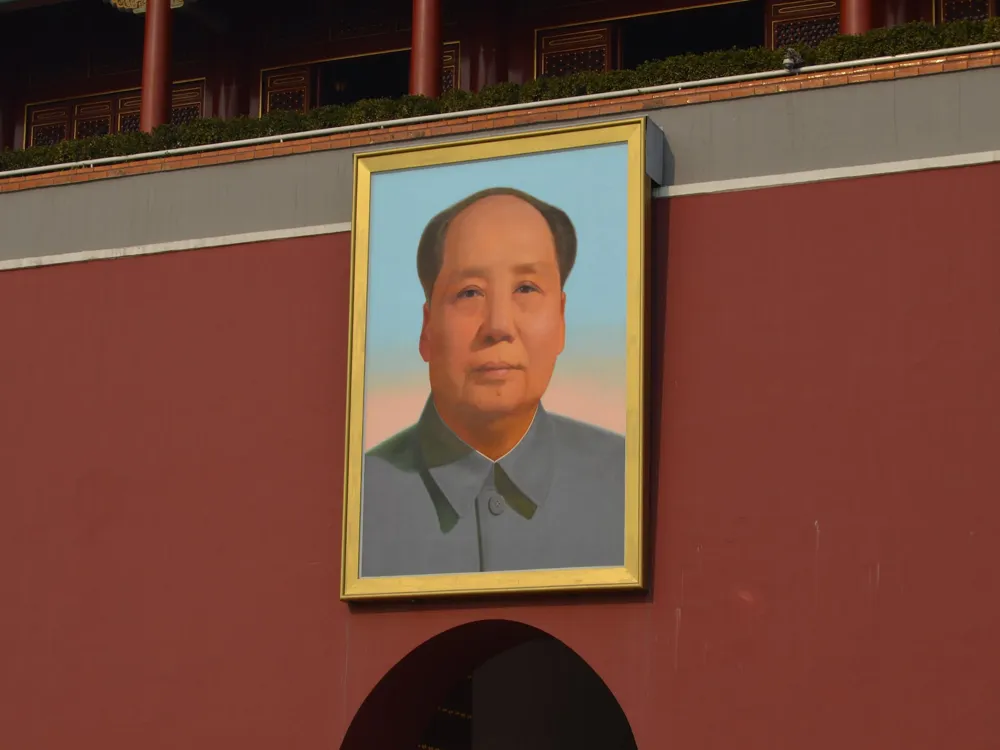
Tiananmen is a large public square in central China. It is another expansive and brilliant Chinese complex housing some very important monuments of Beijing.
The huge and open Square just south of the Forbidden City is always full of people. This immense space is home to some of Beijing's most important buildings. It has been renovated and mostly enlarged several times over the last few centuries.
The square's monuments are many. The Monument of People's Heroes, made out of granite, is one of the largest monuments in China. The Tiananmen Tower in the north end was built far back in 1417. The tower also serves as the southern entry to the Forbidden City. The National Museum of China also sits in the Square, tracing the history and the development of China through it's display of various relics, models and other objects. The Great Hall of the People sits opposite the National Museum, is a stunning building which is used for various governmental and diplomatic purposes. Also, here is the æMausoleum of Mao Zedong, where China was first declared a republic back in 1949.
Read More
Yonghe Lamasery

The Yonghe Lamasery (also known as Yonghe Temple or Lama Temple) is China's biggest lamasery. It was given this status only in 1722.
The Yonghe Lamasery was the residence of the Yongzheng Emperor when he was a Prince, and when he ascended the throne, converted half of it into a lamasery for Buddhist monks, and eventually became the Chinese centre for Lama Administration.
As you go along the central axis of the temple, you cross 5 main halls. The Hall of the Heavenly Kings is the first, with a statue of the Maitreya Buddha and the 4 Heavenly Kings. Following this, you'll come to the Hall of Harmony and Peace, which houses three bronze statues, one each of Gautam Buddha, Kasyapa Matanga and Maitreya Buddha. This is also the main hall of the temple. The Hall of Everlasting Protection comes next, which is where Emperor Yongzheng lived and is the place for his coffin today. Next comes the Hall of the Wheel of Law, which was primarily a place of education and for reading. Notably, it also contains the Five Hundred Arhat Hill Carving. Lastly, comes the Pavilion of Ten Thousand Happiness, which contains a quite magnificent statue of the Maitreya Buddha. The statue stands 18 metres above the ground and 8 metres below, and it is made out of stunning white sandalwood.
Today, the lamasery performs its daily functions as a temple while at the same time serving as a major tourist attraction.
Read More
Beijing Travel Packages
View All Travel Packages Beijing
Nearby Places Beijing
Browse Package Collections
Browse Hotel Collections





